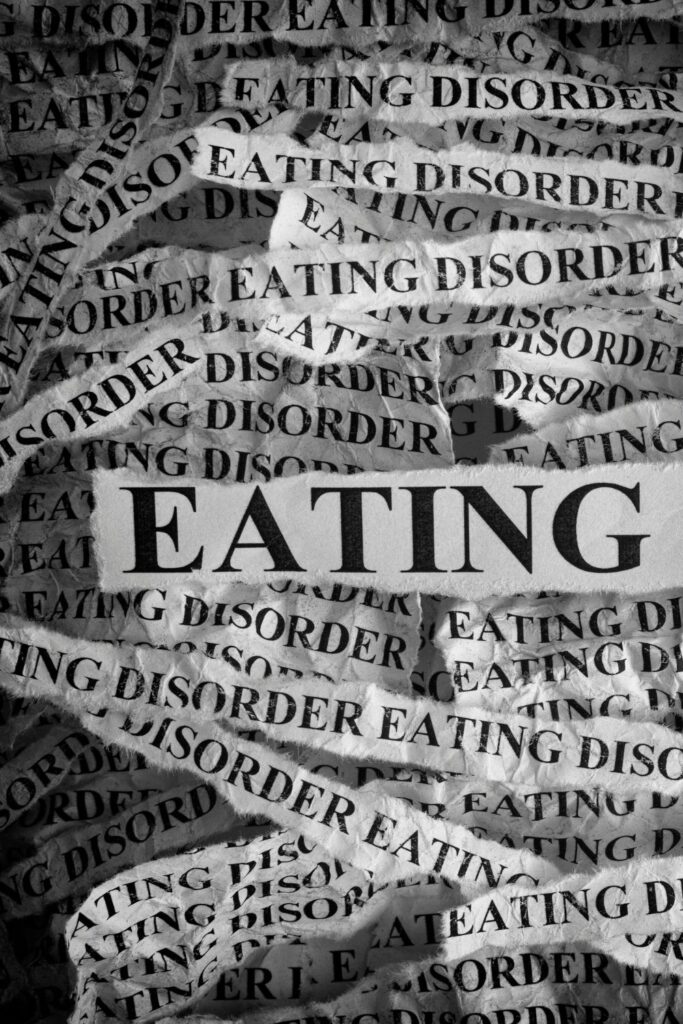Other Eating Disorders

Other eating disorders
Other Specified Feeding or Eating Disorder (OSFED) is the category provided for symptoms that do not typically meet the specific criteria for anorexia, bulimia or binge eating disorder. Generally, 30% of people who present for eating disorder treatment have OSFED. This is a serious condition and is the most common diagnosis for both adults and adolescents.
Symptoms can include:
- Distorted body image
- Preoccupation with weight and shape
- Disturbed eating patterns
- Feelings of shame, guilt, anxiety and depression associated with food
- An intense fear of gaining weight
- Weight fluctuations
- Physiological damage from vomiting
- High sensitivity to discussions about food, weight and shape
- Low self esteem
- Heightened anxiety or irritability around meal times
- Rigid ideas about food
- Dieting behaviours
- Excessive exercise
- Secretive behaviour around food
- Social withdrawal or anti-social behaviour around meal times
The risks associated with OSFED are similar to those disorders which it most resembles (anorexia, bulimia, binge eating disorder).
What is the treatment for OSFED?
Psychological treatments for OSFED would involve a variation of evidence-based treatments recommended for the eating disorder it most resembles. Treatment would focus on reducing physiological risks and enhancing psychological mental health.

How is treatment designed for each individual?
In order to personalize treatment, the initial session involves an in depth clinical assessment, which takes into account the person’s current eating patterns, how these changed over time, their attitudes to food, their weight and body image, and a review of any interventions they might have tried in the past.
The client is encouraged to engage in self-monitoring in order to help understand and identify triggers and situations eliciting distressing thoughts and feelings related to eating. Therapist and client use this information to collaboratively formulate an understanding of their thoughts, feelings and behaviors. This formulation then informs an individualized treatment package meeting the specific needs of the individual.


Changes in relationships with food and body image change during treatment
During treatment, patients become more conscious of the reasons behind their eating patterns. Treatment helps to identify some of the punitive rules and negative attitudes associated with food and body image as well as the behaviors which maintain them.
The focus of treatment is largely on behavior change through the application of regular tasks designed to challenge unhelpful thoughts and assumption about food, weight and body image. As individuals experiment with changing their eating patterns, learning to tolerate and process uncomfortable thoughts and feelings, their relationship to food and their body changes over time.
As with all eating disorders, if you are worried about yourself or a loved one, it is best to seek help immediately. You can schedule a FREE 15 minute consultation here:
References:
American Psychiatric Association . Diagnostic and statistical manual of mental disorders DSM-5. 5. Washington, DC: American Psychiatric Association; 2013.
Fairweather-Schmidt AK, Wade TD. DSM-5 eating disorders and other specified eating and feeding disorders: is there a meaningful differentiation? Int J Eat Disord. 2014;47(5):524–533. doi: 10.1002/eat.22257.
Galmiche M, Déchelotte P, Lambert G, Tavolacci MP. Prevalence of eating disorders over the 2000-2018 period: a systematic literature review. Am J Clin Nutr. 2019;109(5):1402-1413.
Hoek HW. Classification, epidemiology and treatment of DSM-5 feeding and eating disorders. CurrOpin Psychiatry. 2013;26(5):529–31.
Machado PP, Goncalves S, Hoek HW. DSM-5 reduces the proportion of EDNOS cases: Evidence from community Samples. Int J Eat Disord. 2013;46:60–5.
